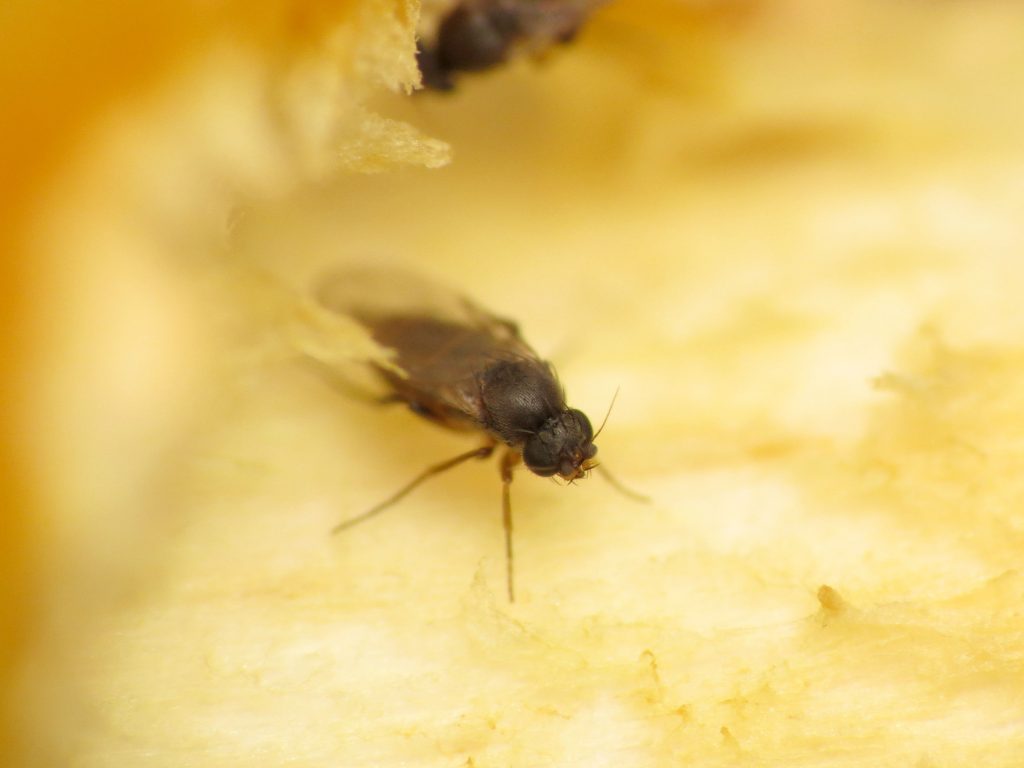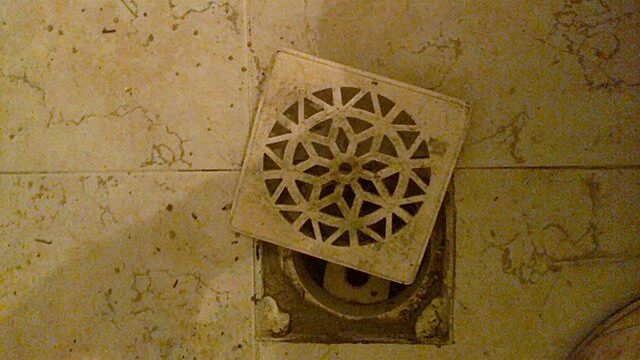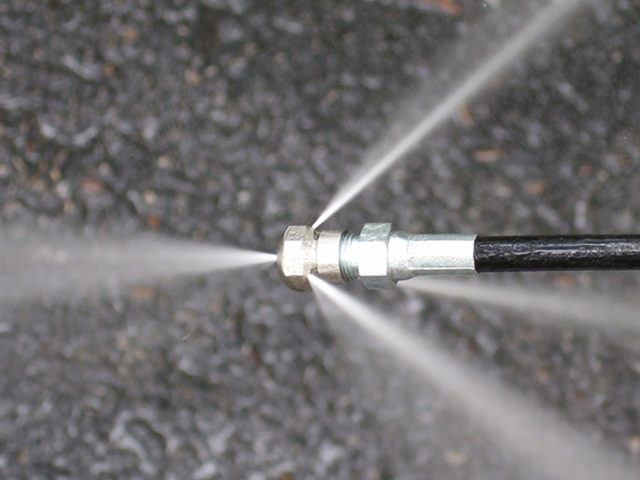Tiny. Persistent. And a real nightmare for commercial premises.
Phorid flies — also known as humpbacked, coffin, or scuttle flies — are more than just a minor annoyance. Left unchecked, they can spell serious hygiene risks, structural concerns, and reputational damage for businesses. Whether you’re running a restaurant, care home, or production facility, these little pests can become a big problem, fast.
In this guide, we’ll show you how to:
- Identify phorid flies and tell them apart from similar pests
- Understand what causes infestations in commercial settings
- Use proven DIY methods to eliminate them
- Know when to call in the pros
- And how we at Merlin permanently fix phorid fly issues for good
Let’s get into it.
What Are Phorid Flies?
Appearance and Behaviour
Phorid flies are about 2.5 to 3mm long, dull brown to yellowish-black, with a distinct humpbacked thorax – their most recognisable trait.

Unlike fruit flies (which have red eyes) or drain flies (which sport fuzzy wings), phorid flies tend to run in sudden, jerky patterns across surfaces rather than flying immediately. This “scuttling” is why they’re often dubbed scuttle flies.
You’ll often spot them:
- Darting across counters or walls near sinks and drains
- Emerging from drain openings or from under fridges
- Avoiding flight unless provoked
Life Cycle
Their lifecycle is rapid and prolific:
- Eggs hatch within 24 hours in moist, organic matter
- Larvae develop into pupae in less than a week
- Adults emerge in around 10–14 days in warm conditions
- Females can lay up to 500 eggs in their short lives
That means one small breeding site can quickly escalate into a full-blown infestation.
Phorid flies love any damp, decaying organic material, which makes commercial environments ideal:
What Causes a Phorid Fly Infestation?
Phorid fly outbreaks aren’t random. They’re always tied to one thing: a breeding site that’s been overlooked or undetected.
The most common culprits include:

- Blocked or dirty floor drains that build up organic slime
- Cracked floor tiles or kitchen surfaces where food collects
- Grease and grime built up over a long period anywhere such as cracks, or crevices
- Leaky pipes or pooling water in crawlspaces and basements
- Dead animals in wall voids, ducting, or subfloor areas
- Overflowing or poorly managed bins and food waste
- Sewage backups or broken underground pipes — especially under slab floors
Here’s the critical bit: You can kill the flies, but if you don’t find and clean out the breeding site, they’ll keep coming back.
Pro tip: Don’t assume the breeding source is in plain sight. The phorid larvae might be thriving inside broken drain pipes below tiled floors — invisible from above, but causing thousands of flies.
Signs of a Phorid Fly Infestation
What to Look Out For
These pests are sneaky, but the signs are there if you know what to look for:
- Tiny brown flies scuttling across worktops, floors, and tiles
- Clusters of activity around drains, bins, or damp corners
- Larvae (maggots) in floor drain slime or rotting materials
- Foul odours — from decomposing material or hidden carcasses
- Repeated infestations in the same area (especially during summer)
If you’re in a food prep setting, even one fly buzzing around a chopping board is a problem. But when phorid flies show up in numbers, it’s a red flag for hygiene inspectors.
Monitoring Tips (Like the Pros Do)
You don’t need high-tech kit to locate a source. Here’s what we recommend:
- Stick clear tape over drain openings overnight — flies will get stuck as they emerge
- Use sticky traps behind fridges or bins to identify high-traffic zones
- Install insect monitors as part of an Integrated Pest Management (IPM) programme
Still seeing them despite your best efforts? It’s time to investigate deeper. You should aim to identify from where they are emerging. Think voids, under floors, or structural drainage issues.
Once you know where they are coming from, you know where to target your action.
How to Get Rid of Phorid Flies – DIY Methods
If you’re tackling a minor outbreak, you’ve got options. But remember: success hinges on locating and eliminating the breeding site.
It should be relatively obvious once you find the breeding site as there will be lots of flies in that area. Now all you need to do is clear it out.
Step 1 – Eliminate Breeding Sites
Phorid flies are a type of filth fly, meaning they breed in filth. So the first task is to get rid of all filth in the area.
- Clear out rotting food waste and organic debris — check bin bases, behind appliances, and drain covers
- Deep clean floors, grout lines, and under counters
- Empty and sanitise drip trays, grease traps, and food prep areas
- Don’t forget to clean inside and behind appliances (especially dishwashers, fridges, and ice machines)
- If the flies are emerging from a drain pipe you’ll need to clear the pipe and wash it out with a pressure cleaner.
Step 2 – Clean Drains (Properly)

The most likely breeding site for these flies is going to be a drainage system. Bleach won’t cut it. You need to clean and clear the inside of the pipes.
To do this, use a high pressure drain jetter to scrub the insides of the pipe. Make sure you scrub a good long length of pipe for maximum results.
Often the cause of the flies is a partial blockage in the pipe, causing build-up of waste material. This pile of waste is the source of the flies. If such blockage is found, dislodge it and remove it from the drainage system.
It’s not uncommon for the blockage to be caused by filth accumulating in a broken pipe crack. If this is the cause, you might want to do a CCTV darin survey, where a camera is sent down to check the extent of damage and location. Excavation and remedial work may need to be undertaken to prevent reoccurance.
Step 3 – Use Insecticides (Last Resort)
In commercial settings, be cautious and compliant.
- Pyrethrin aerosols can kill adults on contact (safe for short-term use)
- Avoid dumping any chemicals down drains — it’s illegal and ineffective, as larvae are protected in biofilm and you risk poisoning our waterways and killing fish.
- Always follow label guidelines
Step 5 – Look for Hidden Sources
Still seeing flies? Time to dig deeper. You need to identify where the flies are emerging. This means watching them over time. It could be a a hole a small as 2mm in diameter.
- Check for rodent carcasses in wall voids or suspended ceilings. Did you have a rodent problem recently? Is there an area of the property that smells a bit like a carcass?
- Inspect sewer lines for leaks under floors or slab foundations
- Look for standing water
No luck? This is the point where DIY stops and professional expertise starts.
When to Call a Professional
Sometimes, no matter how thorough your cleaning or diligent your drain scrubbing, phorid flies keep coming back. That’s a clear sign it’s time to bring in an expert.
You Need Expert Help If:
- You’ve cleaned thoroughly but can’t find the breeding source
- Flies return rapidly after DIY treatments
- Your premises has slab flooring, concealed pipework, or drainage voids
- There’s a noticeable smell, but no visible cause
- You’re in a high-risk setting: care home, hospital, food factory, commercial kitchen etc.
At this point, the issue may be structural or subterranean — and that’s outside the scope of what DIY can handle safely or effectively.
How Merlin Environmental Solves Phorid Fly Problems
At Merlin, we don’t just deal with the surface-level symptoms. We find the root cause and shut it down — for good.
Here’s how we handle phorid fly outbreaks in commercial settings.
- Fibre-optic inspections into drains and voids to detect hidden breeding hotspots
- Pressure jetting into drains and voids to clear out debris
- Coordination with plumbers or drain surveyors for drain smoke testing and sewer line diagnostics
- Use of non-toxic bio-foam and high-temperature steam to clean breeding zones
- Integrated Pest Management (IPM) strategies tailored to your environment
- Full BPCA certification, ISO accreditation and trusted by some of the UK’s most recognisable brands
We’re fast, discreet, and relentless in finding the source — not just spraying flies.
We don’t guess. We inspect, test, and solve — properly. No second-guessing, no half-measures.
And because we know how vital it is to stay operational, we work around your schedule to minimise disruption.

